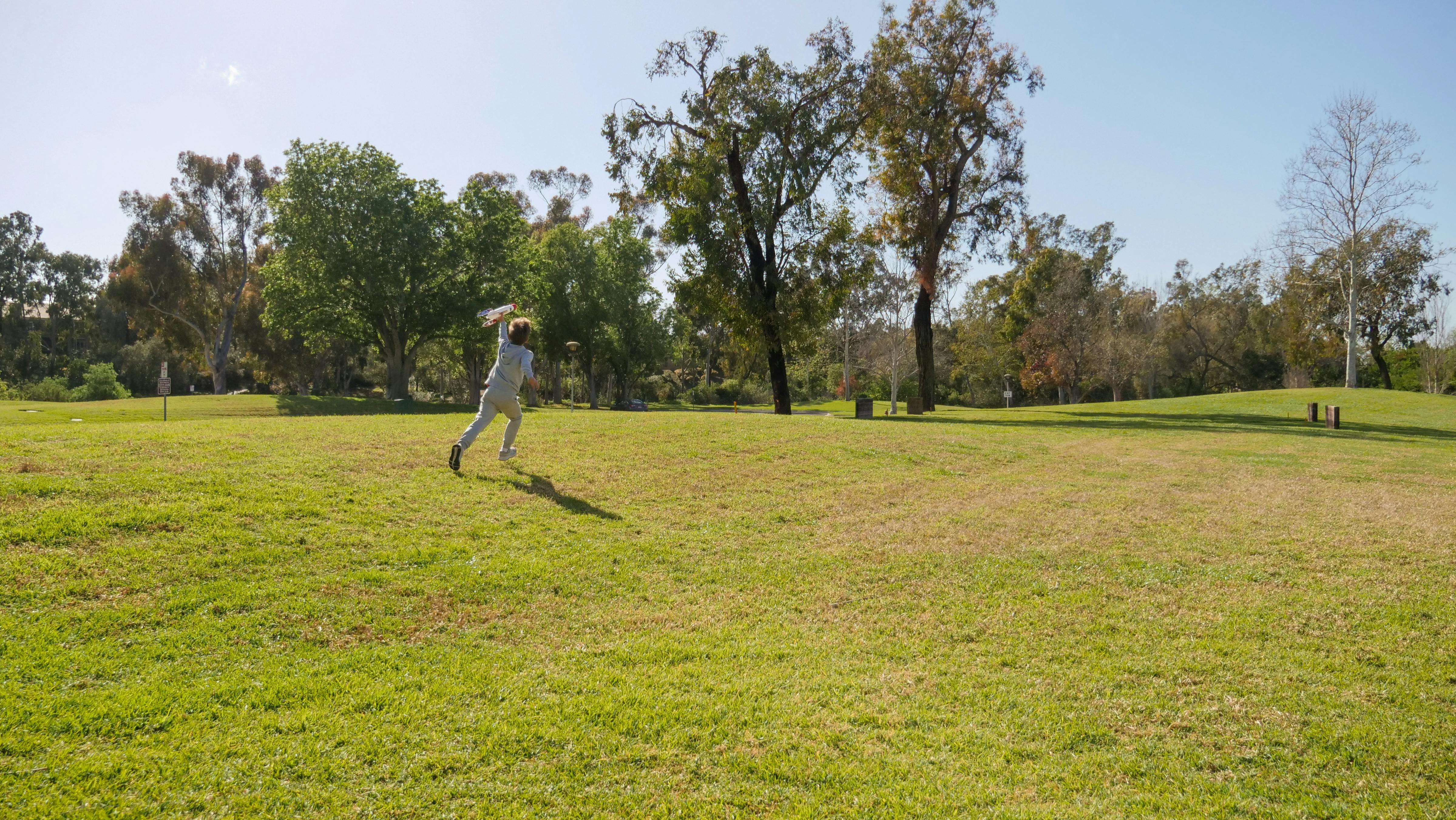Many people at all stages of their lives are fascinated by video games. Playing the games can be long, difficult and challenging, but players find it fun and inspiring. It’s hard not to admit that playing games has social and cultural significance in our society. According to JP Gee (2003), there are learning principles (LP) that are built into good video games. But these principles do not necessarily drive learning. Several factors are necessary for learning to occur in games and perhaps for intelligence to develop in the semiotic domain of everyday life. Gee teaches that there are thirty-six learning principles that can be found and developed in games.
To explain this, Gee defines games as a semiotic domain (SD), which, in turn, is part of the broader SD of everyday life. So to speak, an SD is a certain division of the world (be it a location, practice, field of study, etc.) and can span sub-domains. For example, first- and third-person shooters are a well-defined subdomain of SD games. Introducing the concept of SD to game studios, Gee gives us examples of SD such as rap, modernist paintings, and first-person shooter games. Gee believes that learning from an SD requires three things: 1) learning to experience the world in different ways, 2) learning to form affiliations with SD members, and 3) learning how to obtain the resources necessary for future learning. and troubleshooting in the domain as well as related domains. As we can see, Gee seeks to approximate the games to a broader definition of literacy that involves different types of “visual literacy”. Following this notion of literacy, people are literate in a domain only if they are able to recognize and produce meaning in the field. Furthermore, Gee proposes that we think of literacy as inherently connected to social practices. In fact, in contemporary culture, articulated language (spoken, gestural or written) is not the only important communication system. Today, images, symbols, graphs, diagrams, equations, artifacts, and many other visual symbols play a particularly important role in our daily lives. For example, it is important to learn visual literacy to “read” the images in an ad. Also, words and images are juxtaposed or integrated in many ways: in magazines, newspapers, textbooks, software, etc. Images take up more space and have meanings that can be independent of the words in the texts. In this sense, games are multimodal texts. They combine moving images and music with language.
Given the diverse forms of human activity in the complex society in which we live, it is necessary to develop a new model of intelligence that allows us to adopt a pluralistic vision of intelligence. Howard Gardner’s (1983) influential definition of intelligence was developed using a model of seven basic intelligences known as the theory of multiple intelligences (MI). MI represents a broader and more pragmatic view of human nature. The eight intelligences are defined as the following abilities:
1) use language competently (linguistics),
2) use logical reasoning in mathematics and science (logical-mathematical),
3) perceiving details of the visual-spatial world and manipulating objects in the mind (spatial),
4) understand, create and enjoy music and musical (musical) concepts,
5) skillfully using the body (bodily-kinesthetic);
6) recognize subtle aspects of the behavior of others and respond appropriately to them (interpersonal),
7) understanding one’s own feelings (intrapersonal), and
8) recognize patterns and differences in nature (naturalist).
These categories or intelligences represent elements that can be found in all cultures, namely music, words, logic, paintings, social interaction, physical expression, inner reflection, and appreciation of nature. Thus, unlike a learning style, which is a general approach that the individual can equally apply to any imaginable content, intelligence, for Gardner, is a capacity with its own processes that adapt to specific content in the world ( for example, musical sounds or spatial patterns).
From this perspective, Gee (2003) and Gardner (1983) value the interaction between learning and the abilities present in the daily life (culture) of people. So, when we think about the SD approach, developed by Gee, we realize that the interaction between both theories, the SD of everyday life, the largest set that exists, where intelligences are located, encompasses the SD of games. . Note that Gardner points out that one of the goals of his effort is to examine the educational implications of a theory of multiple intelligences. Considering that, Gee listed thirty-six learning principles present in games, and considering the importance and popularity of games in contemporary culture, it seems interesting to start investigating how learning principles can be related to multiple intelligences. So we discuss here some possibilities of association between these theories. To achieve this, the question we want to ask ourselves is the following: What can the learning principles integrated into good games do for the development of multiple intelligences, which are so important for everyday life? In other words: What is the relationship between these semiotic domains? To answer this, we have used the following research methodology: literature review, website research, game observation, construction of the interaction model between the two learning proposals, and analysis of the model.
Gee describes thirty-six learning principles that can be found in games. It should be noted that not all of the learning principles listed by the author are necessarily found in a single game: there is a possibility that a game will convey one or more of these principles. The analysis shows that in order to develop one or more intelligences, the learner must be immersed in one or more semiotic domains that meet the necessary conditions and qualities to facilitate their development. For example: it is of no use to an apprentice of a sports modality to have access to a single modality for the full development of his Bodily-Kinesthetic intelligence, he needs to have access to several sports, namely several subsemiotic domains that are part of the semiotic domain. broader than sports. In addition to that, there are other extrinsic and intrinsic factors (motivation, injuries, adequate training material, etc.) that are important to succeed in the entire domain, as a sport modality. Examples of various prominent athletes demonstrate this fact: Formula 1 drivers, MMA fighters, and Olympians. In this sense, our research shows the existence of an insurmountable pairing: without learning principles there are no good games, while without the valorization of a domain in the semiotic domain of everyday life there is no way to advance within that domain. Therefore, multiple intelligences cannot fully develop in certain cultural contexts, and learning principles are useless in these contexts.
Furthermore, interpersonal intelligence is very important in learning. We found that it is associated with thirty of the thirty-six principles of learning. Interpersonal Intelligence clearly arises from cooperative work, community involvement, large group simulations, dedication to social issues, etc. Precisely the importance of interpersonal intelligence, as Gardner points out, has diminished in the contemporary educational landscape: sensitivity towards other individuals as individuals and the ability to collaborate with others are less and less important now than in the past. Therefore, we believe that the results of the comparison between these theories question the ways in which we design and manage education in its various fields. For this reason, we believe that deepening the analysis of the intersection of the theories studied here can help us both in the use of games as a pedagogical proposal and in reflection on education.
The association between both theories seemed productive to us to reflect on games and learning in general. First of all, it should be noted that not all games can promote all learning principles. This is because there are many factors in the semiotic domain of everyday life that can hinder the learning and development of multiple intelligences. And this occurs even when the game transmits the principle of learning or the basic conditions to develop it, which demonstrates a close association between the principles and the intelligences.
Secondly, Interpersonal Intelligence is associated with thirty learning principles. This demonstrates the complexity of learning and, consequently, shows the challenges that contemporary education must face. In fact, studying the interaction between theories can help us think about new ways of teaching and learning inside and outside of school. It seems that Gee’s relevance is in highlighting the importance of games culturally and for learning, while Gardner’s learning theory emphasizes the need for favorable conditions (environment, mentors, cultural appreciation, etc.) for skill development. . We must remember that abilities or intelligences are valued differently between cultures.
We believe that good video games represent, in fact, opportunities for direct and indirect learning of content and skills in the semiotic domain of everyday life, given their close link with most intelligences.
Work Cited
Howard Garner. moods. The Theory of Multiple Intelligences (New York: Basic Books, 1983).
James P. Gee. What video games have to teach us about learning and literacy (New York: Palgrave, 2003).









